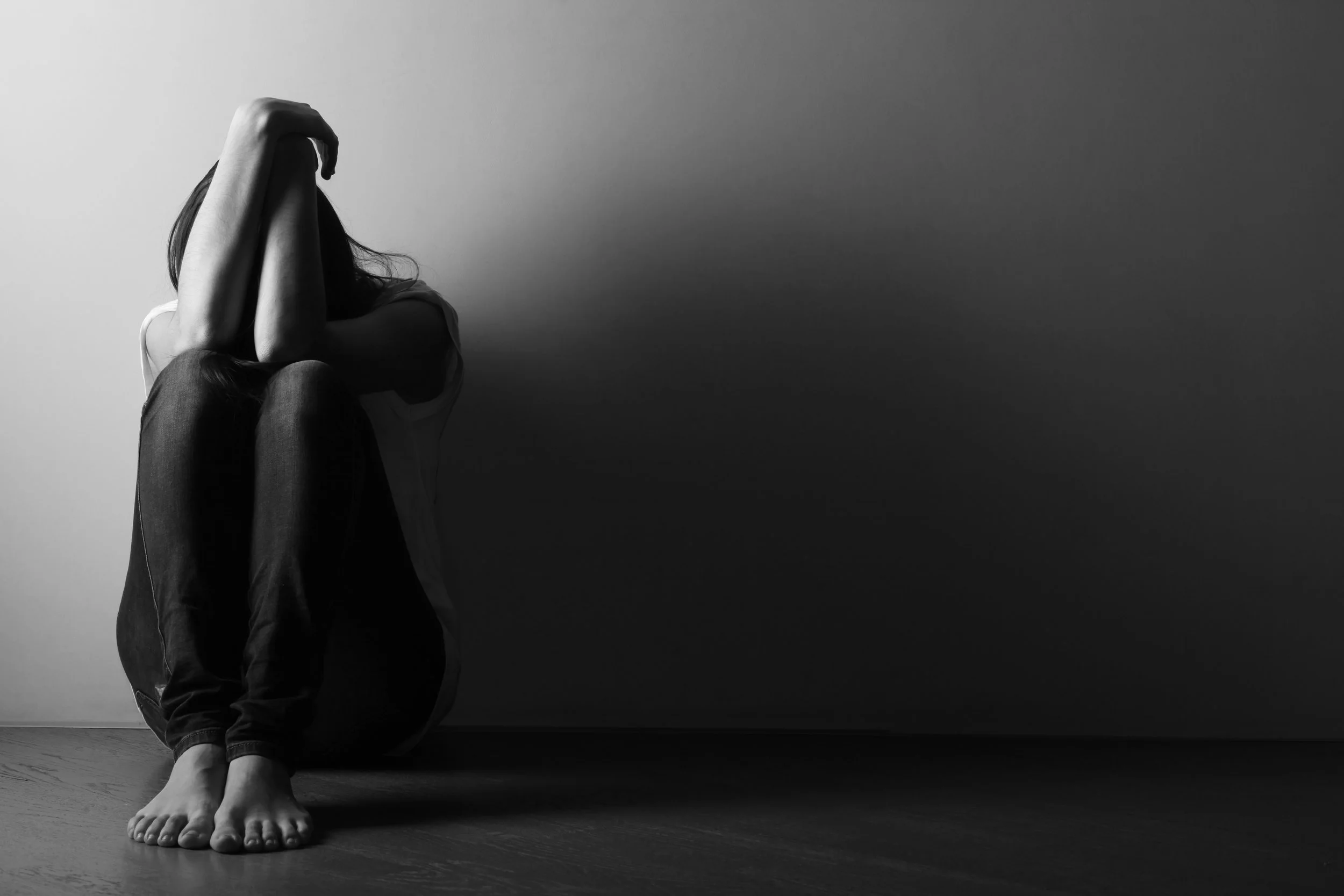I remember a time when I felt hopeless, sometimes for days on end. It’s not uncommon for all of us to feel sad or down at one point or another. Sometimes it happens for a reason and other times, for reasons we can’t explain. But to feel completely without joy, for days on end, to struggle to find a reason to get out of the bed in the morning – that’s depression. The ‘black dog’ affects 1 in every 7 people at some point in their lifetime.
The great advances we’ve made in treating mental health can’t be understated. From simply being able to talk about depression and mental illness to having increased access to mental health services like psychology and counselling, mental health is being treated better than ever. However, there’s one area of treating depression that we must do better with. Using an exercise-based component to treating depression has substantial proven outcomes and helps to keep the body in mind when we’re treating mental health. Better still, exercise-based treatment for depression has been proven to prevent relapse. Yet the majority of those with a mental illness will not be personally prescribed exercise, nor referred to the key health professional for physical approaches to mental illness – the exercise physiologist. When a course of action in healthcare has undeniable benefit we it usually becomes standard practice. Yet in the case of exercise as a treatment for mental illness, when we fail to do for patients what the best evidence compels us to, this becomes standard neglect.
Part of the problem is an assumption that utilising exercise to treat mental health is simple and easy. Whilst it can very well be simple, this is very much dependent upon the person who has the mental illness. Since depression can be complicated, so too must treatment be sufficiently sophisticated in order to be likely successful. Not only is an exercise physiologist capable of helping you exercise effectively, they will design a prescription for you that considers your medications, your symptoms, your stage of life, as well as a bunch of other strategies that make it likely you will actually feel better. But in the event that you’re itching to get started and can’t wait for an appointment there are three important principles to remember.
Along with choosing a mode of exercise you’re actually likely to do, if you’re going to exercise to treat you depression, first consider that it will work better if you can experience a little ‘huff and puff’. Intensity has been proven to be more beneficial than duration, but if you’re worried about how hard to work make sure to seek professional advice first. Secondly, try and find someone else to do it with – it will make it more likely you’ll do it as well as add a range of additional benefits. Lastly, try and do it outside. Depression often makes us want to retreat indoors to feel safe and avoid contact. If you can make it outside for even a brief bout you’ll be all the gladder for doing it.

